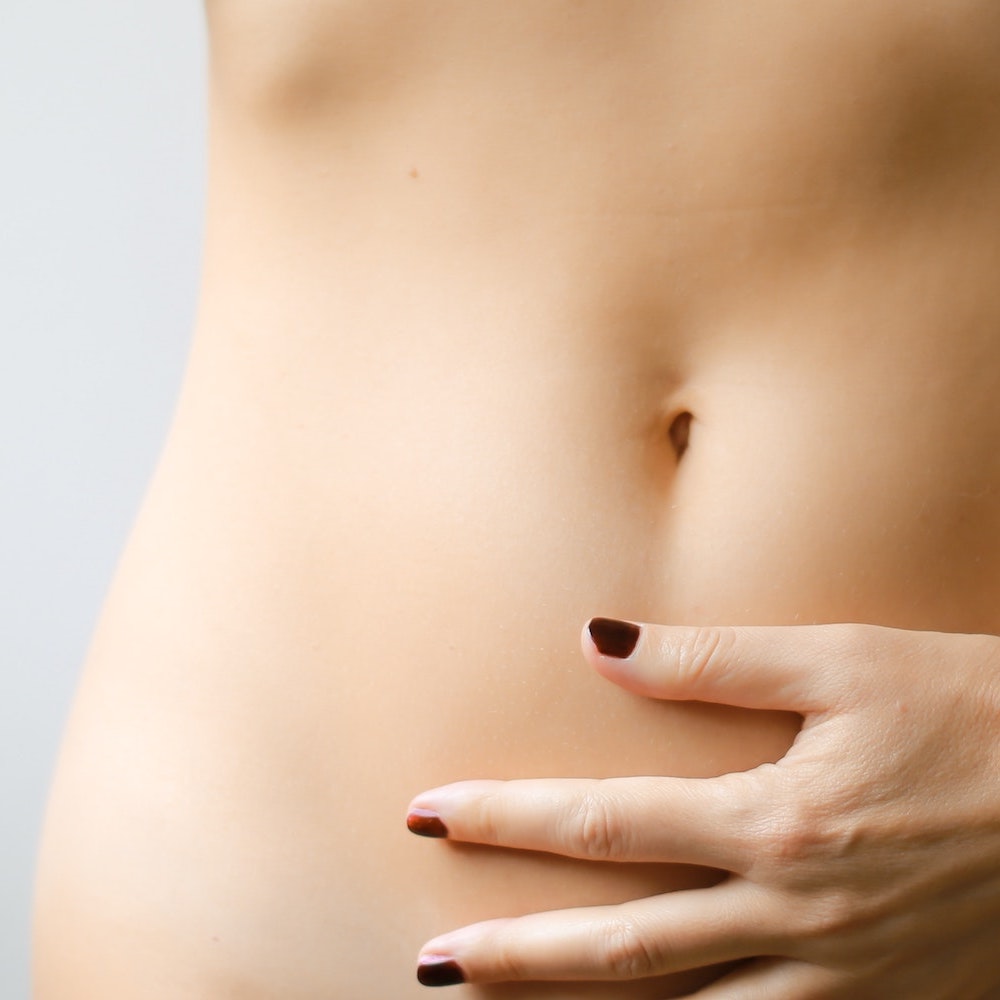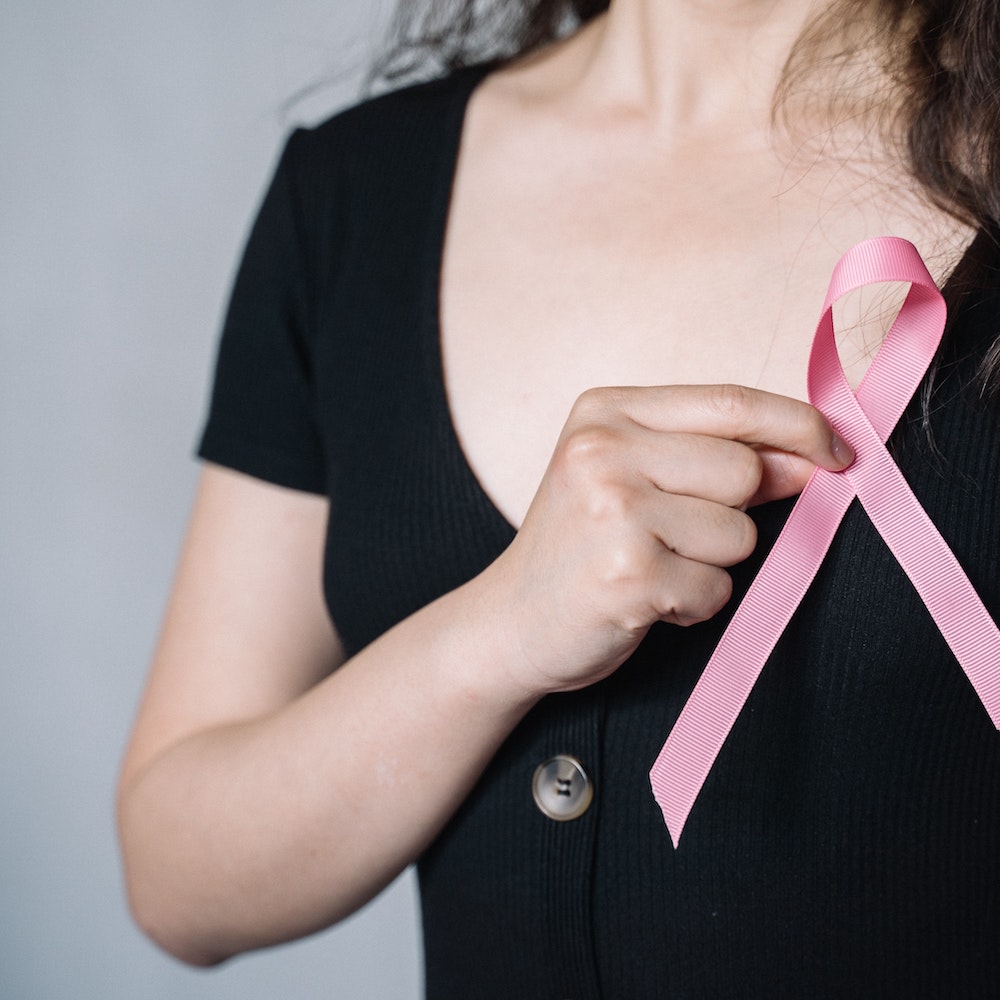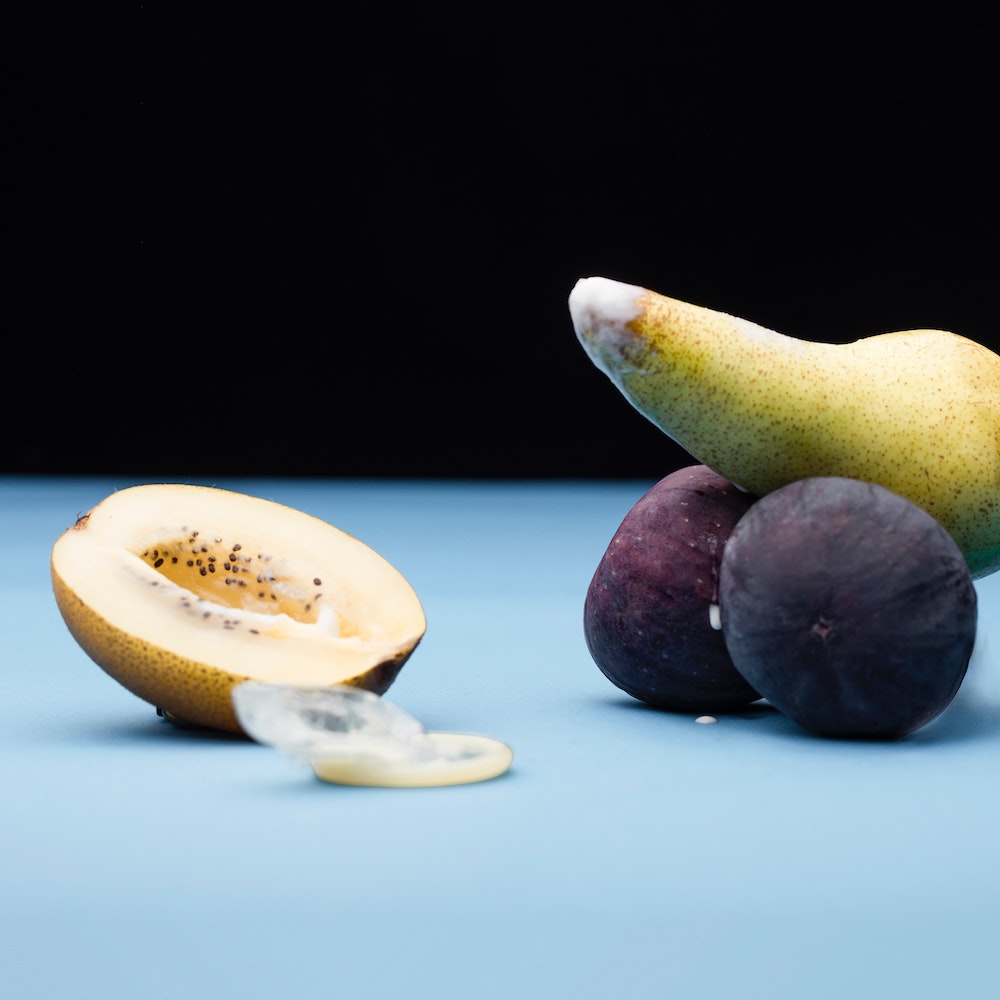EVERYTHING ABOUT
Female health after menopause
Every week I am posting about everything you need to know about hormones. This weeks topic is about female health after menopause
Did you know …
- Menopause is complete when menstruation is absent for 12 consecutive months.
- The median age for menopause is 51.
- Welcome to the golden years.
- Life expectancy after menopause is approx. 30 years, and approx. the same number of adults years as before menopause.
- As the world population increases, along with an increase in life expectancy, many millions of women will be / are spending 1/3 or more of their lives after menopause, BUT with 70% less Estrogen
- The United Nations has estimated that, worldwide, 985 million women in 2020 were aged 50 and over.
- The figure is expected to rise to 1.65 billion by 2050.
- Globally 55% of people aged 60+ are women, and the percentage rises with age – 64 % of the 80+ group of people and 82% of centenarians are women.
- It’s estimated that there are around 13 million UK women who are currently peri or postmenopausal, ie. 1/3 of the entire UK female population.
- Menopause is a natural development and cannot to be prevented.
- The chances of developing some illnesses, however, increase, and preventative measures should be taken to improve quality of life, enhance longevity, and lower the risks of age-related illnesses.
- After menopause, several chronic diseases may emerge, usually by the 6th decade, such as obesity and metabolic disease, cardiovascular disease, osteoporosis and arthritis, dementia and cognitive decline and cancer.
- Therefore an important opportunity exists at the onset of menopause to prevent or reduce these chronic diseases which may have their onset approx. 10 years later.
- ALL women need to or should replace ‘some’ Estrogen if they want to age well, physically, mentally and emotionally.
- Eg. replacing Estrogen deceases the risk of Alzheimer’s as much as 50%, maybe even more.
- One of the causes of Alzheimer’s / Dementia is that the brain starts breaking down its own fat to produce ketones as blood sugar becomes unreliable.
- Estrogen is essential for optimal blood sugar control.
- The book Osetrogen Matters by Dr. Avrum Bluming and Carol Tavris PhD is an excellent book about health after menopause.
Meet Sally and get to know all about female health after menopause
Intro
What are the health risks after menopause
Post menopause and weight
Should you worry about heart disease after menopause?
How to prevent or push the risk for post menopause disease states
Health Risks After Menopause
- Obesity
- Diabetes
- Cardiovascular disease
- Osteoporosis and osteoarthritis
- Cognitive decline and dementia,
- Depression
- Cancer are the key diseases to address.
NB! – While every woman faces unique risks based on genetics and other factors, it’s a good idea to be mindful of how to protect yourself against these common health conditions that can increase in risk after menopause.
Post-Menopause and Heart Disease
- A primary hindrance to extended health span is the process of atherosclerosis, the hardening of your arteries, which is the No. 1 cause of heart disease
- Before menopause, women have a lower risk of heart disease than men
- As women age and Estrogen levels drop off after menopause, their risk of cardiovascular disease / CVD and or coronary heart disease / CHD increases.
- Altered distribution of fat – tummy fat leads to an increase in insulin resistance, and the incidence of diabetes rises exponentially, increasing heart disease risk.
- Blood pressure can increase after menopause
- Cholesterols changes after menopause
– Total cholesterol increases
– LDL, or ‘bad cholesterol’ increases
– HDL, or ‘good cholesterol’ decreases
– Triglycerides can also increase
- The Study of Women’s Health Across the Nation (SWAN) examined physical, biological, psychological, and social changes experienced by women during their midlife years, found that women who have more hot flashes during peri-menopause also seem to have a higher risk for heart disease
- Screening for CVD and or CHD at regular intervals is essential.
- Home check-ups – weekly
– Weight, waist, blood sugar, blood pressure
- Doctors check-ups – yearly after 60
– Blood lipids – LDL, HDL, triglycerides,
– Inflammatory markers – hsCRP, ESR, DHEA-S, s.Ferritin
Solutions
- Estrogen replacement therapy
– Studies show that HRT / ERT when begun before 60 or within 10 years of menopause significantly reduces coronary artery disease and overall mortality
– 30 % less likely to die from CHD than those not on HRT
– The same studies show that statins and aspirin do not
– Estrogen promotes healthy blood vessels
– Estrogen may delay the formation of plaque
– BUT – initiating Estrogen later than the 10 years after menopause is potentially risky, at least for the first year – but studies are still being evaluated.
- Diet control – low carb/glucose, high protein, good fats
- Exercise – H.I.T – both cardio and strength training but keep it short
- Quit smoking
- Reduce drinking
- De-stress
Should you Worry About Heart Disease after Menopause?
Hell yes you should!
- Heart disease is not just a man’s disease
- Heart disease is the number one killer of women
- Women often think breast cancer is their biggest threat, but the most significant danger they face after menopause is actually heart disease.
- After age 55, more than 50% of all female deaths are caused by cardiovascular disease.
- The rate of heart attacks in women begins increasing approx. 10 years after menopause.
- A 2014 review of statistics related to death by breast cancer or death by heart disease shows:
Age 20 – 39
– breast cancer 1,051
– heart disease 2,459
Age 40 – 59
– breast cancer 10,708
– heart disease 22,465
Age 60 – 79
– breast cancer 18,461
– heart disease 76,242
Age 80+
– breast cancer 10,991
– heart disease 187,680
- Yet in spite of its unmistakable risk heart disease remains almost invisible to women
Ascertain your risk
- Are you using Estrogen replacement therapy?
- Do you have a family history?
- Do you smoke?
- Are you a heavy drinker?
- Are you overweight?
- Do you have chronic inflammation?
- How is your activity level?
Heart Attack Predictor Tests
- CAC – coronary artery calcium score is a powerful measure of cardiac disease risk.
CAC scores
Zero
– a very low risk of 1.4% of heart attack within the next 10 years
Between 1 and 100
– a 4.1% risk of heart attack within the next 10 years
Between 101 and 400
– raises risk to 15% of heart attack within the next 10 years
Between 400 and 1,000
– puts the risk at 26% of heart attack within the next 10 years
Above 1,000
– the risk of a heart attack within the next 10 years is 37%
- While age is typically seen as the primary risk factor for CVD, the CAC score takes precedence when it comes to identifying the real risk
Other Predictors
- High inflammation markers, such as CRP
- High blood pressure
- High blood sugar / Insulin
- High LDL particle count can be a significant risk factor for CVD, but other factors play a role in determining whether high LDL particle count is contributing to atherosclerosis. These include:
– oxidized LDL
– endothelium damage
– low HDL
– high triglycerides.
Factors that Drive Atherosclerosis – Hardening of the Arterial Wall
- glucose spikes
- insulin resistance
- inflammation
- high blood pressure
- oxidative stress
- nutrient deficiencies
- iron overload
- heavy metals
- autoimmune issues
- infections
- smoking.
Post-Menopause and Dementia
- Dementia is the loss of cognitive functioning, ie. thinking, remembering, and reasoning, to such an extent that it interferes with a person’s daily life and activities.
- Some people with dementia cannot control their emotions, and their personalities may change
- 1 in 5 women age 45 + will develop dementia / Alzheimer as opposed to 1 in 10 men
- Women in the 60’s are twice as likely to develop Dementia than they are breast cancer
- People with Alzheimer’s typically survive 4 – 10 years after the onset of the illness, which is an immense financial and emotional cost to both families and society
Solutions
Unfortunately current science does not strongly endorse any one particular risk-reduction strategy, but these are known to have a positive affect
- Estrogen replacement therapy – important to start as close to menopause as possible and before age 60. Estrogen stabilizes blood sugar/Insulin the brains favourite fuel, stimulates growth of new nerve cells, increases blood flow in the brain, has anti-inflammatory effects on blood vessel walls, to name a few.
- Reducing cardiovascular risk factors
- Increased mental stimulation activities associated with
– Occupation – learn a new task
– Leisure activities – learn a new game
– Social engagement – be with friends and family as much as possible
- Daily physical activity
- Depression should be recognised and treated
- Lessen exposure to toxic metals, such as Teflon cookware, etc.
- Eat healthy brain fats, such as MCT oils, ALA, and EPA oils
Buy yours here
Post-Menopause and Cancer
Cancer development 101
- 2 areas of thought
1. It’s a genetic disease – oxidative stress increases DNA damage and mutations changing the way cells
2. It’s a metabolic disease – the way the cell makes energy changes to from respiration (using oxygen) to fermentation (no oxygen) which in time causes abnormal tissue growth / neoplasia
- Menopause itself doesn’t increase the risk of cancer.
- Cancers are more common as people age
- Most cancers occur in people age 55 +
- With aging, the incidence of ALL cancers is expected to increase.
- For women, the most important cancers are breast, colon, endometrial / uterine, ovarian and lung cancer.
- Lung cancer is the leading cause of cancer death
- More people die of lung cancer than of colon, breast, and prostate cancers combined.
- In the developing world cervical cancer is a major cause of death in women.
Solutions
- Stop smoking
- Reduce alcohol
- Exercise
- Maintain optimal blood sugar control
- De-stress.
Breast Cancer and Estrogen Replacement Therapy
- Over and over studies of estrogen and breast cancer show small, weak, contradictory or non-existent links, yet scientists still try to find something, somewhere in the data that supports their beliefs – why?
- These studies fail to meet the universally accepted Austin Bradford criteria created in 1965 by biostatistician Austin Bradford, to help scientists determine whether there is causal relationship between the proposed agent in this case Estrogen and the specific disease or state, in this case breast cancer
- Consider this every medical drug has side effects, some quite considerable yet this doesn’t stop the medical world recommending and prescribing these drugs
- This review found that Estrogen replacement therapy increased the risk for breast cancer by 0.5% ie. 1in 200 women
- BTW – being overweight, drinking, smoking and inactivity will increase the risk of breast cancer anything between 5% and 15%.
Post-Menopause and Bone Health
Osteoporosis
- Osteoporosis is a loss of bone strength that makes you vulnerable to broken bones.
- Women start losing bone in their 30s
- The process speeds up after menopause.
- Osteoporosis is called silent, ie. you may not know you have it until you break a bone.
- Osteoporosis and subsequent bone fractures with resulting disability and death are growing problems for the ever expanding population of women living into their 70’s, 80’s and 90’s
- Testing for osteoporosis with a bone mineral density test is usually recommended for women at age 65.
- If you are younger than 65 and have what’s called a stress fracture, where a bone ‘spontaneously’, or easily breaks due to a fall this can indicates osteoporosis.
- Osteoporosis prevention begins in puberty.
Solutions
- Replace Estrogen as Estrogen is important for new bone growth and controlling the breakdown of old bone. HRT / ERT is STILL the most effective intervention with the FEWEST unpleasant or dire side effects. Shown to reduce hip fractures by 30-50 %
- Bisphosphonates the most common treatment today are associated with
– gut discomfort and problems
– fatigue
– insomnia
– increased risk for atypical femoral breaks
– development of kidney disease
– osteonecrosis of the jaw bone
- Lifestyle and diet is a key strategy for preserving bone mass after menopause.
- Diet rich in proteins, especially collagen – 25 – 30 g per meal
- Diet rich in nutrients like Vitamin C, D, K2, magnesium and calcium
- Daily sunlight for Vitamin D
- Daily weight-bearing exercise, such as walking, stomping, jumping strengthens bones but is only effective for those taking HRT / ERT
- Smoking and excessive alcohol use are toxic to bones and should be avoided.
- Reduce Cortisol production, ie. reduce stress and inflammation as Cortisol ‘loves’ breaking down collagen and thereby bone tissue
Osteoarthritis
- More common in men than women before menopause
- More common in women after menopause
Solutions
- Estrogen replacement therapy – Estrogen lubricates joints by increasing hyaluronic acid production
- Specific joint exercises
- Weight loss
- Physical therapy treatments
- Anti-inflammatory life style and supplements
NB! – Check these blogs for more information
Post-Menopause and Weight
- Many women gain weight during the menopause transition and or after
- This is very connected to and or caused by the drop in Estrogen
- Estrogen supports Insulin and thereby blood sugar control
- Menopausal Estrogen drop leads to changes body composition, such as decreased muscle and increased fat and in particular where fat is stored
- These changes will be detrimental to metabolic health
Solutions
- Support Estrogen
- Remove excess carbohydrates from the diet – under 40g per meal as often as possible
- Eat more protein, especially animal protein – 25-30g per meal
- Eat more fat, especially short and medium chain fatty acids which are not stored and are not affected by Insulin
- Intermittent fasting and or Time Restricted Eating
- I strength training, max 30 minutes to build muscle which increases metabolic health and stabilises blood sugar
- Reduce stress and inflammation – these increase Cortisol and Cortisol increases blood sugar levels and thereby Insulins.
Post-Menopause and Libido
- Menopause changes the need and the way women feel about sex
- Some women experience an increased need, possibly those with higher Testosterone levels
- Others experience a decrease – which is most common
- Others notice no change at all
- It is important to know that there can be many factors that contribute to the decline in sexual interest
– Structural – aka vaginal health
– Biological – aka hormones
– Psychological – aka hormones
– Cultural – aka the way the community / society perceives or portrays sex and post-menopausal women
– Interpersonal – aka relationship with partner
– BTW – sexual desire decreases with age in both sexes
Solutions
Estrogen Replacement Therapy
- Promotes vaginal lubrication, which makes sex mechanically possible
- Increases sexual desire.
- Makes you feel sexy and passionate
- Increases the need and desire for lovey, dovey, caressing and foreplay
- NB! – as Estrogen levels decline the need for ‘lovey dovey, foreplay, caressing declines even disappears
Testosterone Replacement Therapy
- Increases sexual drive
- Makes you feel horny
- There is a clear difference in feeling sexy or horny
- Increases the need for quick (and dirty) sex without the lovey, dovey.
- There is some debate around how Testosterone levels affect female sex drive, possibly because Testosterone promotes a different emotion and women are looking for and wanting the ‘old lovey, dovey’ feeling
- Get some sun – sun increases Vitamin D which increases testosterone production – that’s why we get horny when we sunbathe
- NB! – as Testosterone levels decline sex drive declines / disappears
Keep your vagina lubricated
- Lubes
- K-Y Jelly or Astroglide can help make sex more comfortable.
- Check the blog about vaginal health for more lube info here
Keep your vagina strong
- Kegel exercises
- Tighten up your pelvic floor and vaginal wall muscles
- May enhance sensations during sex due to improved blood flow
- See how here
Focus on intimacy
- Go on a date
- Flirt with your partner
- Get the kissing going.
Post Menopause and Constipation
- Constipation is common in and after menopause.
- It is typically defined as being unable to have more than 3 complete bowel movements within a week.
- Constipation is considered chronic if it lasts for three months or longer
- Occasional constipation is not unusual
What is constipation?
- Difficulty to completely empty your bowels
- Feel the need for extra support to pass stools
- Straining to empty
- Stools are hard, small, and lumpy
- Have an overall sluggish feeling
Causes
- Menopause – the combination of the drop in hormones Estrogen and Progesterone, and the relative increase in Cortisol slows gut movement
- The longer food waste remains in your colon, the dryer it gets.
- Stools also tend to be dryer when estrogen and progesterone levels are low.
- Weakened pelvic floor muscles making it difficult to eliminate stool, especially when it is hard and dry.
- Some medications increase constipation, such as
- Some blood pressure medications
- Iron supplements
- Thyroid medication
- Antidepressants
- Calcium channel blockers
- Some medical conditions can increase constipation
- Redundant colon – extra-long and curvy descending colon, which should be straight
- Diabetes
- Thyroid conditions
Treatments
- Eating more fibre
- Eating less fibre
- Drinking lots of water
- Making a squat position on the toilet seat – put your feet up on a stool
Supplements
- Magnesium citrate – BUY HERE
Over the counter Medications
- Stool softeners
- Osmotic laxatives
- Bulk-forming laxatives
- Fibre supplements
- Lubricants such as glycerine suppositories
Prescription medications
- Lactulose
- Linaclotide
- Lubiprostone
- Hormone replacement therapy
Lifestyle changes
- Daily exercise – strive for a minimum of 30 minutes of daily aerobic exercise, such as:
– Walking
– Running
– Swimming
– Dancing
– Cycling
– Rowing
– Pelvic floor exercises
– Pilates exercises
– Yoga poses such as Malasana – the deep squat pose.
Post-Menopause and Hair Loss
- Hair loss can have significant effects on body image, self-esteem, and quality of life.
- Some women experience general thinning of the hair on the scalp in midlife.
- Some women experience female pattern hair loss – the hair thins mainly on the crown of the head, starting with a widening through the centre hair parting.
Causes
- An interplay of genetics, hormone shifts and environmental factors.
- Nutrition deficiencies (such as low iron intake)
- Significant or prolonged stress, such the emotional and character changes of menopause
- Thyroid disease
- Other chronic illness
- Certain medications or supplements
- Stopping hormone contraceptives or Estrogen replacement therapy.
Solutions
Depends on the cause, may include:
- Estrogen replacement therapy
- Eating a healthy diet
- Adding a multi-supplement to support hair regrowth, such as a combination of Biotin / B7, Iron, Vitamin C, Vitamin D, Zinc
- Topical minoxidil medication can be beneficial for hair regrowth, although it may take at least 4 to 6 months to show improvement. Works by prolonging the growth phase of the hair follicles. Women should use minoxidil 2%, while men can use the 5% formula. In most women, minoxidil slows down or stops hair loss but not without disadvantages, such as:
- It’s expensive
- It’s inconvenient (cream twice a day)
- Can cause unwanted hair growth on the face if the solution drips onto the face
- Can cause more hair loss initially
- Can irritate the skin
- Can’t stop once you start.
Post-Menopause and Skin
- Loss of structural proteins like collagen and loss of elasticity, creates sagging and wrinkles.
- Reduced ability to retain moisture, leading to increased dryness.
- Hormones play an important role in skin health – in particular, Estrogen and its decline at menopause contributes to a decline in skin collagen and thickness, skin hydration and elasticity.
- Other factors can increase the skin aging
– Smoking makes the effects of aging more pronounced, decreases blood flow and damages the skin through increased oxidative stress especially around the mouth
– Exposure to sunlight and other sources of ultraviolet (UV) light, increases lines, wrinkles, rough texture, and brown spots
– Increased stress and inflammation, even poor sleep will increase Cortisol production and Cortisol ‘loves’ to break down collagen
Solutions
- Estrogen replacement therapy – local application with Estriol, which can also protect against oxidative damage
- Eat a well-balanced diet, emphasis on antioxidants, such as rich coloured fruits eg. berries, papaya, mango
- Get adequate sleep
- Drink adequate water.
- Chose appropriate skin products – oils are good, used repeatedly through the day. They contain ingredients that boost the outer layer of the skin and often contain natural sun factors – see the list below
- Other components, such as hyaluronic acid and topical retinoids, have shown to provide skin benefits.
Be Sun-Smart
- Use natural sun filters in organic and cold pressed oils
Carrot seed oil – Sun factor 40
- Carrot seed oil is the vegetable oil that has the highest sun factor.
- It is also rich in antioxidants and has very good antiseptic properties.
Raspberry seed oil – Sun factor 30
- Raspberry seed Oil is rich in both omega-3 and omega-6 essential fatty acids.
- Besides providing sun protection, it can helps prevent stretch marks on your skin.
Wheat germ oil – Solar factor 20
- Wheat germ oil is the third best natural oil in terms of solar factor.
- It gives the skin Vitamin E and a boost of natural antioxidants that repair cell damage.
Avocado oil – Sun factor 15
- Avocado oil contains a high percentage of monosaturated fat.
- These fats form a protective layer on the skin that protects against sunburn.
Soybean oil – Sun factor 10
- Soy oil is an effective moisturizer that provides good sun protection.
- Is commonly used in Chinese cooking.
Coconut oil – Sun factor 8
- Coconut oil provides sun protection to your skin
- Is a very versatile natural oil
- You can cook with it apply it on your skin and hair.
Olive oil – Sun factor 8
- Olive oil can provide sun protection and antioxidants to repair cellular aging
- Is also cholesterol healthy
Macadamia nut oil – Sun factor 6
- Macadamia nuts come from the Australian continent
- Contains a substance called cinnamon acid, which contributes to the oil’s solar factor
- Rich in phosphorus, potassium and vitamin E.
Almond oil – Sun factor 5
- Almond oil only has a sun factor 5
- But gives the skin plenty of nutrition.
- Almond oil is rich in vitamin E, which keeps your skin soft and smooth.
Jojoba oil – Sun factor 4
- Jojoba oil only has sun factor 4
- But it has several medical properties on the skin.
- It is very effective in treating dry skin and contains myristic acid, which gives the skin a certain amount of sun protection
Adding these nutrients to your diet protect from the inside
– Astaxanthin – in salmon, trout, krill, shrimp and crayfish
– Lycopene – in tomatoes, watermelon, pink grapefruit, pink guava, and papaya
– Beta carotene – in carrots, spinach, lettuce, tomatoes, sweet potatoes, broccoli, cantaloupe, and winter squash
– Vitamin D – from sunlight
– Vitamin E – in wheatgerm, almonds
– EGCG – Eepigallocatechin gallate – in green tea
- Watch the clock – UV rays are strongest at noon. Good for Vitamin D but bad for oxidative stress damage.
- Outside all day – make sure reapply every hour, right after a swim or sweat session or even better cover up
- Think of your past – did you have bad sunburns as a kid you might need to be extra vigilant as an adult.
- Consider skin tone – redheads, blondes, and light-eyed beauties are most at risk for skin damage
- Spot treat – apply extra sun protection to areas with freckles or dark spots
- Get annual skin checks – a must for everyone get a dermatologist to check for suspicious spots that could be – or could lead to skin cancer.
Post-Menopause and Diet Changes
Your body changes as you age, so your diet needs to change, too.
Low carbs for health blood sugar
- Insulin resistance and Type 2 Diabetes are prevalent in post-menopausal women, which is are disease states related to excess and or poor glucose regulation
- Restrict carbohydrates aka glucose to max 40g per meal
- Glucose is in ALL carbohydrates, ie. starches and sugars
- Don’t be conned by whole grains – if there is flour there are processed grains and thereby lots of glucose
Protein for healthy muscle mass
- Sarcopenia is age related loss of muscle mass
- Women near 80 years have lost as much as 50% of their skeletal muscle mass.
- Eating enough protein reduces the impact of that muscle wasting – animal protein is superior
- 2 -1.5 grams of protein per kilogram of weight – if you weigh 60 kilos you need 75 – 90 g per day / 25 – 30 g per meal. Check your foods here.
Healthy Fats for a healthy brain
- MCT, ALA and EPA fatty acids are important as the brain will readily produce ketones from these fatty acids, hopefully instead of breaking down its own fats
- BTW – Animal fats increase satiety and they taste great
B-vitamins for health in general
- Better brain function
- Better energy production
- Essential for methylation, especially methylcobalamin aka B12 and folates aka B9
- More mature red blood cells to carry oxygen
Magnesium for a healthy in general
- Better energy production – glycolysis aka the breakdown of glucose in the cell fluid
- Relaxation – by controlling the excitatory effects of calcium
- Better bone health – by assists in the activation of vitamin D, which helps regulate calcium and phosphate influencing the growth and maintenance of bones.
- More Vitamin D – all of the enzymes that metabolize vitamin D to its active forms Calcifediol / D3 and Calcitriol require magnesium
In general
- Make unprocessed foods the foundation of your diet.
- Focus on healthy meats and organs, bone broth, fruits, healthy animal fats and if you want to eat veggies make sure they are cooked to remove anti-nutrients – read more here
- Drink plenty of water, even if you don’t feel thirsty, start the day with a big glass of warm/hot lemon water
- Plan your food intake for the day – put it in your schedule, eg. 1pm lunch which contains 100 – 150g of animal meat or organs with an avocado, balsamic vinegar and a piece of fruit.
Post-Menopause and Disease Prevention
The first 10 years post menopause is an important window for intervention and when preventative measures will be most effective.
- Replace Estrogen
- Stop smoking
- Reduce alcohol consumption
- Regular aerobic exercise
- Regular mental stimulation
- Healthy diet – low carb, high protein
- Control of body weight
- Regular screening for breast, uterine, ovarian and colon cancer
- Consideration of specific prevention therapies for other diseases if you are at higher risk because of family history or other personal risk factors.
Best Post-menopausal Health Checks
- Regular check-ups
- Monitor height, weight, waist circumference, blood sugar and blood pressure at home – weekly
- Uterine and vaginal check-up, such as ultrasound scans and smear tests – annually
- Breast scans – annually
- Bone scans, such as DEXA or Ultrasound, especially if a family member has or had osteoporosis – annually
- Well-woman blood check-ups – annually – check the list here
- Cardiovascular check-ups, such as cardiac stress tests and CAC scores, especially if a family member has or had cardiovascular problems – annually
- Colon check-ups, such as colonoscopy, especially if a family member has or have had colon cancer – every 2 years
- Neurological check-ups, such as MRI or CT scans, especially if a family member has or had dementia – annually.
WANT MORE?
CHECK OUT THE OTHER BLOGS ABOUT FEMALE HEALTH AND HORMONES?
ONLINE CONSULTATION
If you need a more personal approach I’m just a phone call away.
Questions? Please don't hesitate to contact me







